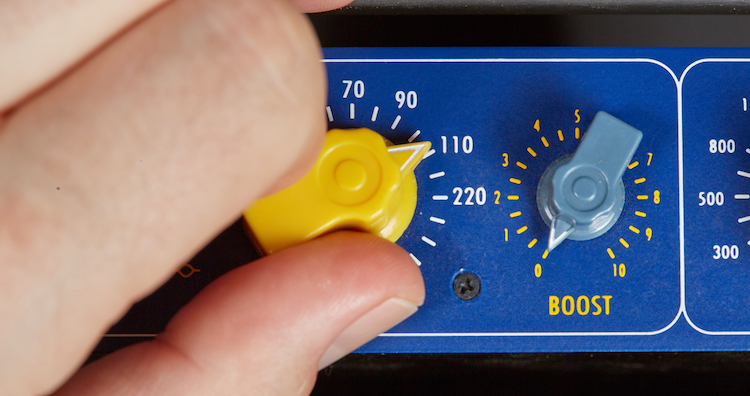Today I am presenting at Sales Machine 17 on why it’s mandatory to “evolve or die” in sales. Follow along with me on Instagram, Snap Chat and Twitter (@JohnMBarrows) and stay tuned for a video recap of the presentation coming in the next week or two.
—
I’ve been training the Salesforce sales team on outbound prospecting skills for over 5 years and have shared and learned a lot along the way. They are one of the more aggressive and fast moving sales organizations in the world, which forces me to evolve as I try to stay one step ahead and continue to add value.
These days, any sales “technique” has an extremely short shelf life. This was not the case when information was less readily available. Now if someone comes up with a technique that works, someone else finds out about it and writes a blog and then everyone uses it and kills its effectiveness. A perfect example of this is the Alligator e-mail.
The reason I bring this up is because my training used to be focused on techniques. In working with Salesforce, I would notice how quickly these techniques would become ineffective after overuse. This is why I’ve shifted my training to focus on the structure of how to approach prospecting and help reps build their own prospecting engine they can plug any technique into. A solid foundational structure on how to prospect is far more effective than any specific technique.
This structure applies to all aspects of prospecting: e-mails, calls or voice mails, contact strategies, social selling, daily routines and everything else. This structure also has a significant impact on results and time management. If we all had all the time in the world to research every aspect of our target accounts and spend an hour writing the perfect e-mail it would be great.
Unfortunately, that’s not the case as many of us (including Salesforce reps) are held to certain activity metrics that prevent that. However, if we blast out template e-mails and make generic cold calls just to hit our activity numbers we’re no different than Marketing and will be replaced very soon.
Prioritizing Sales Prospects & Determining Qualification Criteria
The structured approach I train Salesforce reps on starts with taking a detailed look at how they prioritize their accounts. Most reps get their territories given to them broken down into tiers: Tier1 = great, Tier2 = average, Tier3 = not ideal. The breakdown is usually based on very basic information like industry, revenue, number of employees. The problem is most of us take this information for granted and rarely look any deeper as we call through our lists.
I work with the Salesforce reps to identify the additional level of information (current solution, existing technologies, competition, social presence, etc.) that helps clarify which accounts are worth spending time on. This is the foundation for time management when it comes to prospecting.
The Tier1 accounts are the ones we take the high ‘quality’ approach to (research, top down, customized messaging). The Tier2 accounts are the ones we take a more ‘quantity’ approach to by coming up with a message to a specific segment (VPs of Sales in the SaaS industry) and sending out 30-50 e-mails at a time with a similar message while we track the responses. The Tier3s are the ones we practice new approaches with.
Coordinating Your Outreach Strategy & Setting Up Your Routine
Once we have a clear understanding of which accounts to focus on (Tier1, Tier2, Tier3) and with which approach to use (Quality, Quantity, Practice), we are now ready to set up our systems to optimize the collection of information and coordinate our outreach strategy. I recommend everyone have a list of 25 Tier1 accounts to focus on with a quality approach.
These are the ones we set up on all the social listening tools to have information about them come to us. This leads into a one-hour morning routine of looking through the data feeds for triggers and sending out a few really high quality e-mails every day to some key target accounts in addition to doing some social selling and helping the reps build their brand.
In addition to the daily routine, I also recommend choosing a select group of accounts (5-10) on a monthly basis to develop a very specific and targeted contact strategy for. It takes about two hours at the beginning of every month to research these accounts and find at least five or six different triggers or reasons related to their business we can use to develop a contact strategy around. With the 5-10 accounts a month and the one-hour routine each day we keep the high quality prospecting very consistent and effective.
Turning up the Volume
In order to get the quantity levels up so we can hit our activity numbers we focus on specific personas and information we can segment from the database. The idea is to be able to run a report (VPs of Sales in the SaaS Industry) and come up with a specific message and contact strategy we think will resonate with them.
Once we think through what these personas’ priorities are and what we think will get their attention we execute on the contact strategy to a group of them and A/B split test it against another group with a different message. With this approach we can run multiple campaigns and learn what works along the way.
If you want more tips from Salesforce check them out HERE
Good luck and #MakeItHappen!






